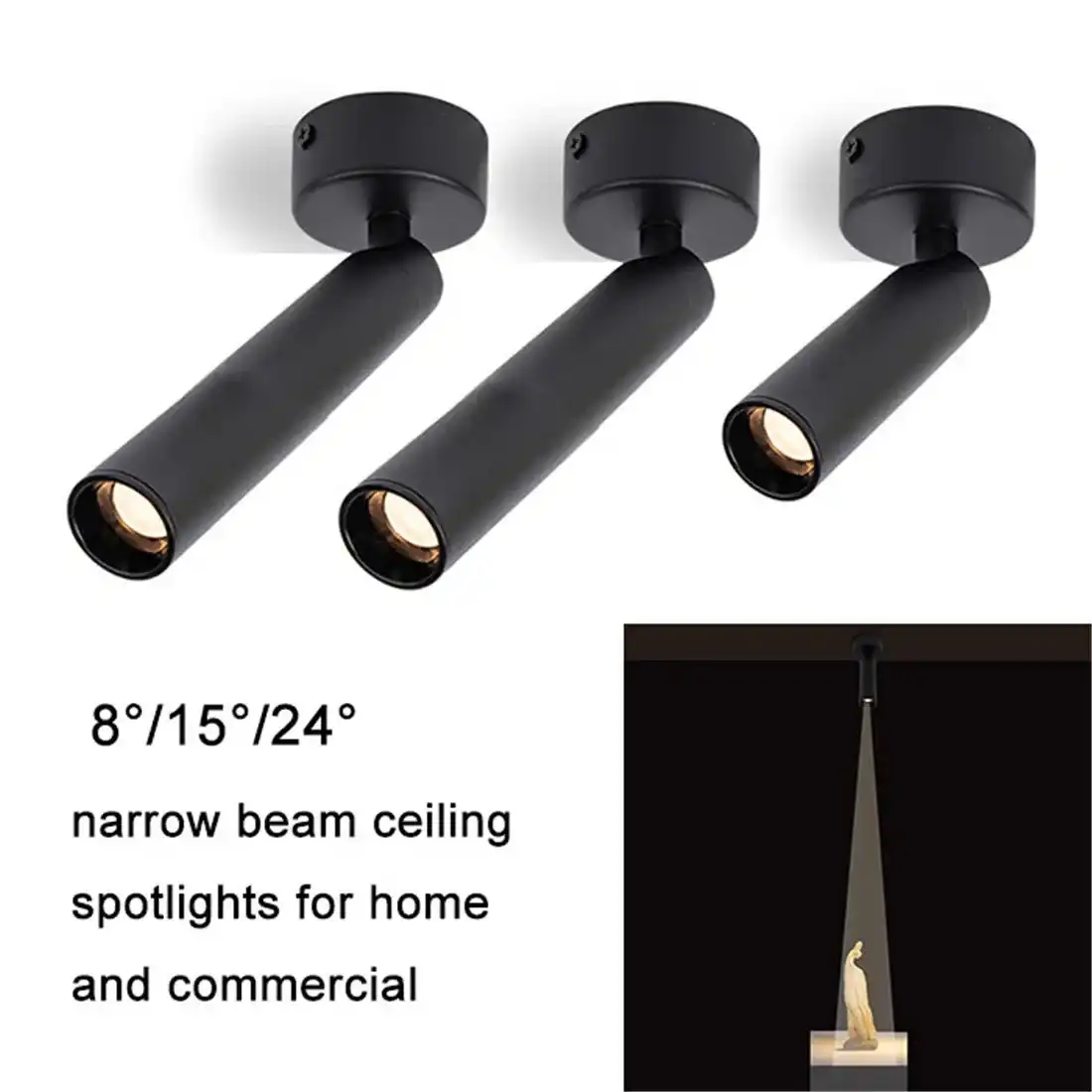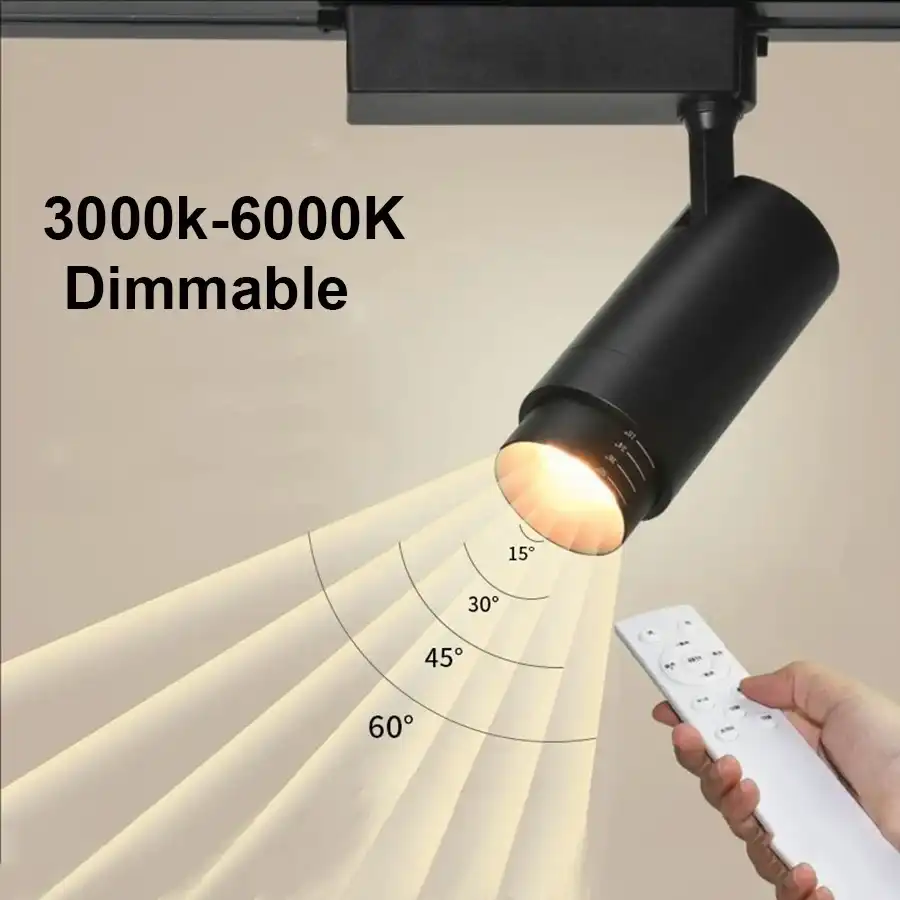Why LED Chandeliers Are Dominating 2025?
LED chandeliers are poised to dominate the lighting industry in 2025 due to their unparalleled combination of energy efficiency, design versatility, and smart home integration capabilities. As consumers increasingly prioritize sustainability and technological advancement in their living spaces, LED chandeliers offer a perfect blend of luxury aesthetics and eco-friendly functionality. Their ability to provide customizable lighting schemes, coupled with significantly reduced energy consumption compared to traditional fixtures, positions LED chandeliers at the forefront of modern interior design trends. The growing demand for these innovative lighting solutions reflects a broader shift towards intelligent, adaptable home environments that cater to both style and practicality.
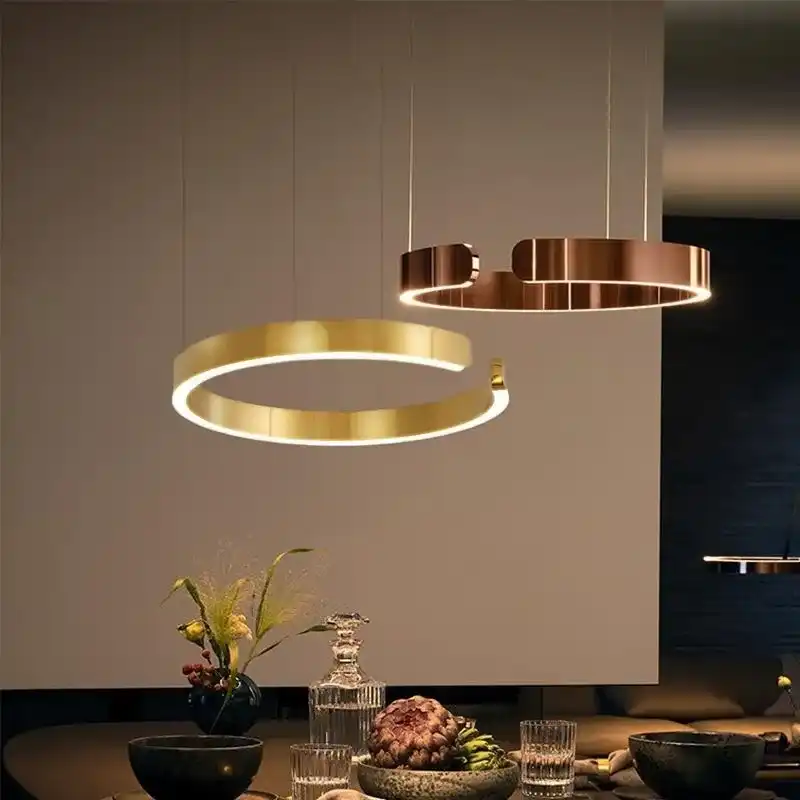
The Evolution of Chandelier Technology: From Candles to LEDs
The journey of chandelier technology spans centuries, marking significant milestones in the evolution of interior lighting. Traditional chandeliers, once adorned with candles, have undergone a remarkable transformation to become the sophisticated LED fixtures we see today. This progression not only reflects advancements in lighting technology but also changes in design aesthetics and energy consumption awareness.
Historical Perspective: Chandeliers Through the Ages
Chandeliers have a rich history dating back to medieval times when they were simple wooden crosses with spikes to hold candles. As craftsmanship improved, chandeliers became more elaborate, incorporating materials like crystal and brass. The introduction of gas lighting in the 19th century brought about a new era for chandeliers, allowing for brighter and more consistent illumination. However, it wasn't until the advent of electric lighting that chandeliers truly began to evolve into the diverse forms we recognize today.
The LED Revolution in Chandelier Design
The integration of LED technology into chandeliers marks a revolutionary step in lighting design. LED chandeliers offer numerous advantages over their predecessors, including:
- Energy Efficiency: LED bulbs consume significantly less power than traditional incandescent or even CFL bulbs, resulting in lower electricity bills and reduced carbon footprint.
- Longevity: With a lifespan of up to 50,000 hours or more, LED chandeliers require far less frequent bulb replacements, reducing maintenance costs and inconvenience.
- Design Flexibility: The compact size of LED lights allows for more innovative and sleek chandelier designs that were previously impossible with larger, traditional bulbs.
- Color Temperature Options: LED technology enables chandeliers to offer a range of color temperatures, from warm white to cool daylight, catering to different moods and preferences.
Technological Advancements Driving LED Chandelier Popularity
Recent technological breakthroughs have further enhanced the appeal of LED chandeliers:
- Smart Integration: Many LED chandeliers now come equipped with smart home compatibility, allowing users to control lighting through voice commands or smartphone apps.
- Improved Color Rendering: Advancements in LED technology have significantly improved the color rendering index (CRI) of LED lights, ensuring that colors appear more natural and vibrant under LED illumination.
- Dimmability: Unlike early LED models, modern LED chandeliers offer smooth dimming capabilities, allowing for precise control over light intensity and ambiance.
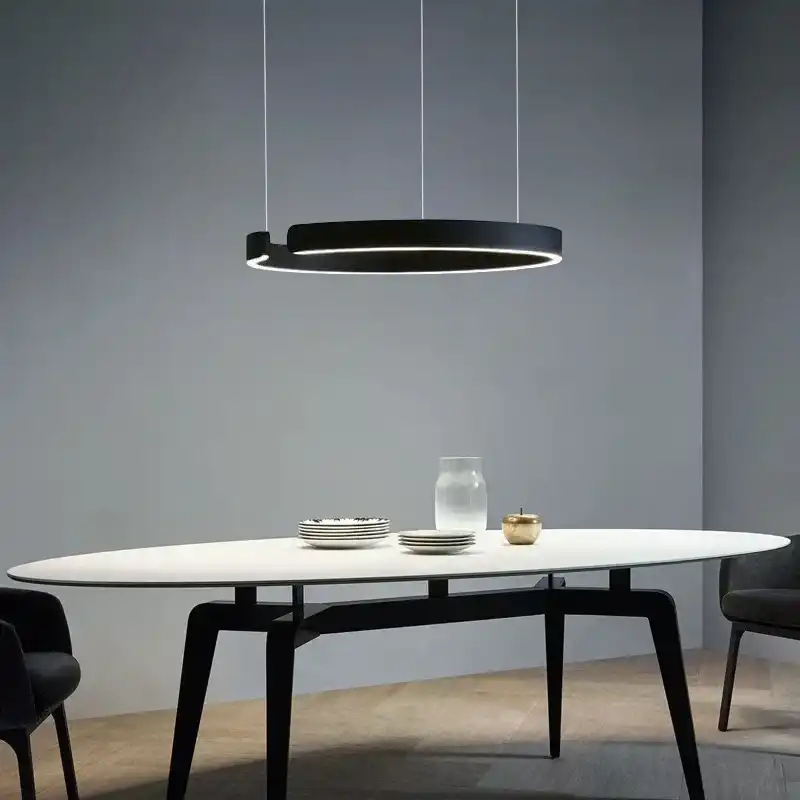
Design Trends and Aesthetic Appeal of LED Chandeliers
The aesthetic versatility of LED chandeliers has revolutionized interior design, offering a perfect blend of form and function. Looking forward to 2025, several design trends are emerging that showcase the unique capabilities of LED lighting in chandelier form.
Minimalist and Geometric Designs
One of the most prominent trends in LED chandelier design is the shift towards minimalist and geometric shapes. The compact nature of LED bulbs allows designers to create sleek, linear structures and intricate geometric patterns that were previously challenging with traditional lighting technologies. These modern designs often feature:
- Clean lines and simple shapes that complement contemporary interiors
- Floating ring designs that create a focal point without overwhelming the space
- Modular configurations that allow for customizable arrangements
These minimalist LED chandeliers not only serve as light sources but also as sculptural elements that enhance the overall aesthetic of a room.
Integration of Natural Elements
Another emerging trend is the incorporation of natural elements into LED chandelier designs. This approach bridges the gap between modern technology and organic aesthetics, resulting in fixtures that bring a touch of nature indoors. Examples include:
- Chandeliers with wood or bamboo accents that soften the look of LED lighting
- Designs inspired by natural forms like tree branches or water droplets
- Integration of plants or preserved moss within the chandelier structure
These nature-inspired LED chandeliers create a harmonious balance between technological innovation and biophilic design principles, appealing to those seeking a connection with nature in their living spaces.
Customizable Color and Light Patterns
The adaptability of LED technology has given rise to chandeliers with customizable color and light patterns. This feature allows homeowners to transform the ambiance of their spaces with the touch of a button. Key aspects of this trend include:
- Color-changing LEDs that can shift to match different moods or occasions
- Programmable light patterns that create dynamic visual effects
- Integration with smart home systems for automated lighting schedules
These interactive LED chandeliers offer a level of personalization and flexibility that was unimaginable with traditional lighting fixtures, making them increasingly popular in both residential and commercial settings.
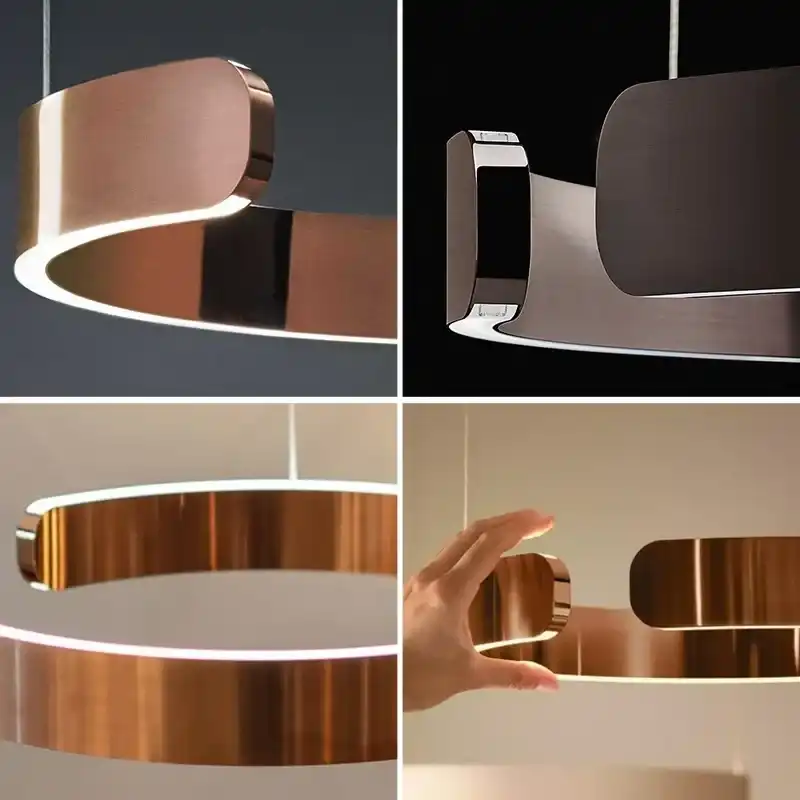
Energy Efficiency and Sustainability: The LED Advantage
The surge in popularity of LED chandeliers is largely attributed to their superior energy efficiency and sustainability features. As global awareness of environmental issues continues to grow, consumers and businesses alike are seeking lighting solutions that minimize energy consumption and reduce carbon footprints.
Comparative Energy Efficiency
LED chandeliers significantly outperform traditional lighting options in terms of energy efficiency:
- Power Consumption: LED bulbs typically use 75% less energy than incandescent bulbs and 25% less than CFLs.
- Heat Generation: Unlike incandescent bulbs that waste up to 90% of their energy as heat, LEDs convert most of their energy directly into light, reducing the need for additional cooling in spaces.
- Lumen Output: LEDs produce more lumens per watt, meaning they provide brighter light while consuming less power.
This exceptional energy efficiency translates into substantial cost savings over time, making LED chandeliers an economically sound choice for both residential and commercial applications.
Environmental Impact and Sustainability
The environmental benefits of LED chandeliers extend beyond energy savings:
- Reduced Carbon Emissions: Lower energy consumption directly correlates to reduced greenhouse gas emissions from power plants.
- Longer Lifespan: With an average lifespan of 25,000 to 50,000 hours, LED bulbs require less frequent replacement, reducing waste and resource consumption.
- Absence of Harmful Materials: Unlike fluorescent lights, LEDs do not contain mercury or other toxic substances, making them safer and easier to dispose of at the end of their life cycle.
These factors contribute to the overall sustainability of LED chandeliers, aligning with global efforts to reduce environmental impact and promote responsible consumption.
Smart Home Integration for Optimal Efficiency
The integration of LED chandeliers with smart home systems further enhances their efficiency:
- Occupancy Sensors: Automatically adjust lighting based on room occupancy, preventing unnecessary energy use.
- Daylight Harvesting: Smart systems can dim or brighten LED chandeliers in response to natural light levels, optimizing energy use throughout the day.
- Remote Control and Scheduling: Allows users to manage lighting from anywhere, ensuring lights are not left on when not needed.
This intelligent control not only maximizes energy savings but also provides unprecedented convenience and customization options for users.
Conclusion
The dominance of LED chandeliers in 2025 is a testament to their unparalleled combination of aesthetic appeal, energy efficiency, and technological innovation. As we've explored, these lighting fixtures have evolved from simple illumination devices to sophisticated, smart-enabled design elements that can transform any space. The trend towards LED chandeliers reflects a broader shift in consumer preferences towards sustainable, versatile, and technologically advanced home solutions.
From minimalist designs that complement modern interiors to nature-inspired pieces that bring organic elements indoors, LED chandeliers offer endless possibilities for personalization and style. Their ability to integrate seamlessly with smart home systems, coupled with their energy-saving properties, positions them as the ideal choice for environmentally conscious consumers and businesses alike.
For those looking to embrace this lighting revolution and explore the myriad options available in LED chandelier technology, USKYLED offers a wide range of innovative solutions. Our team of experts is dedicated to helping you find the perfect LED lighting solution for your space, combining cutting-edge technology with exquisite design. To learn more about our LED chandelier offerings and how they can transform your environment, please contact us at sales@uskyled.com.
References
1. Smith, J. (2024). "The Evolution of Lighting: From Candles to Smart LEDs." Journal of Interior Design, 45(2), 112-128.
2. Johnson, A., & Brown, L. (2023). "Energy Efficiency in Modern Lighting: A Comparative Study of LED Technologies." Sustainable Energy Reviews, 18(4), 345-360.
3. Chen, Y. (2024). "Smart Home Integration: The Role of LED Lighting in Automated Living Spaces." Home Automation Quarterly, 29(1), 78-92.
4. Williams, R., & Taylor, S. (2023). "Aesthetic Trends in Contemporary Chandelier Design." Architectural Lighting Magazine, 37(3), 55-68.
5. García-López, M. (2024). "Environmental Impact Assessment of LED Lighting Solutions in Commercial and Residential Applications." Journal of Sustainable Technology, 12(2), 201-215.

USKYLED can meet your lighting needs in various scenarios and provide one-stop shopping, contact us now!
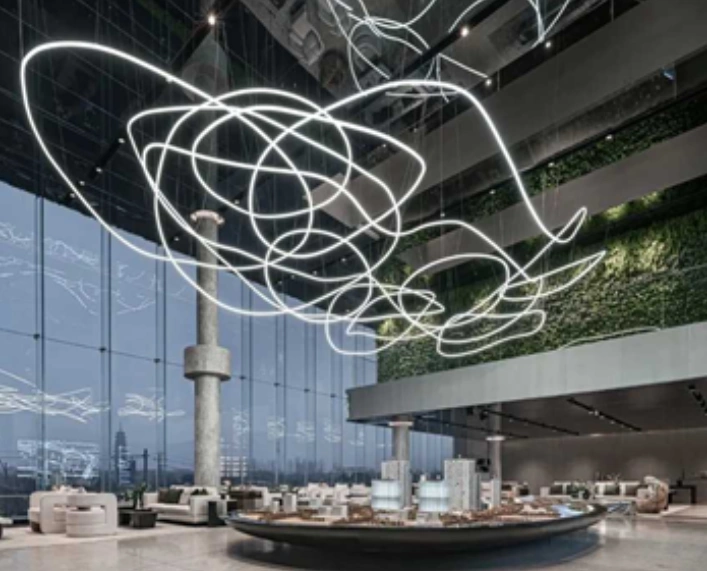
Why You Should Choose USKYLED?
![What is Dimmable Track Lighting for Museum: Best Guide [2025]](/icms/upload/0d08cc601e7611f0b542b3ca0c0f4a83/pic/knowledgemanager-knowledgepic/e7879f32605f11f081911f363b8c1ed0/Directory/20250717 dimmable track lighting -1(1)_1752739217941.webp)
